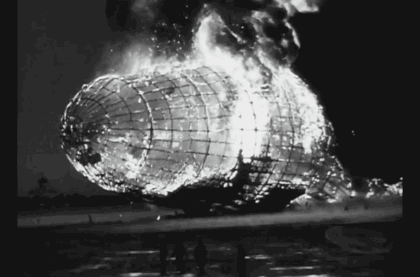Save 50% on a 3-month Digiday+ membership. Ends Dec 5.

Faris Yakob is the co-founder of strategic and innovation consultancy Genius Steals and co-author of Digital State.
In a way, Tim Berners-Lee is to blame.
He invented a system to organize information hypertextually. He also insisted the Web was, and forever will be, free.
So 20 years ago, the banner ad was born as a standardized set of units that surround content. An inaccurate transposition of interruption marketing, which is linear and can, therefore, be interrupted. In order to capture your attention they take over your screen, or you don’t even see them because of banner blindness. Banner advertising paid for the Web. That is a great thing. But banners are broken.
More than 5 trillion banner ads were served in the U.S. in 2012. Because they can be clicked, clicks were measured. 85 percent of all clicks are derived from 8 percent of users. With limitless inventory, the cost per thousand is ever decreasing, despite the bundling of “subprime” impressions via an ever growing set of ad-tech intermediaries, algorithmically arbitraging tiny amounts of attention. Worse, one-third of these impressions are fraudulent anyway. So, in media terms, banners are broken.
I remember judging the One Show Interactive awards. Not a single banner made it through the preliminary rounds. We don’t make ads for awards, but efficacy correlates: (Ads that win awards are 11 times more effective.) Creatively, they are broken.
Online media are trying to wean themselves off click addictions, developing native offerings, to bolster ever declining CPMs. One fifth of users use ad blocking software, costing websites vast sums of money. For publishers, they are broken.
Ad position: web_incontent_pos1
Take a look at one area in which banners seemingly work: retargeting. But consumers hate retargeting because it reminds them they are being watched when they think they are alone. For consumers, they are broken.
Their inventor thinks they suck.
And the future for them doesn’t seem much brighter: How they work on mobile is — not very well. How they work on responsive websites, when they are sold by size, which is a variable on a responsive site is — no idea.
How they impact culture, which is the a brand’s best hope for commercial multipliers is — well, name a banner, any banner at all.
The site has given way to the stream, ironically once again linear, interruptible. No need to surround it with boxes. Instead, advertisements must live in the stream, as units or content, amplified, shared, tailored, addressed. The brokering of digital attention will continue, but the shapes that attention is sold in must, and will, evolve.
More in Media

Digiday+ Research Subscription Index 2025: Subscription strategies from Bloomberg, The New York Times, Vox and others
Digiday’s third annual Subscription Index examines and measures publishers’ subscription strategies to identify common approaches and key tactics among Bloomberg, The New York Times, Vox and others.

From lawsuits to lobbying: How publishers are fighting AI
We may be closing out 2025, but publishers aren’t retreating from the battle of AI search — some are escalating it, and they expect the fight to stretch deep into 2026.

Media Briefing: Publishers turn to vertical video to compete with creators and grow ad revenue in 2026
Publishers add vertical video feeds to their sites to boost engagement, attract video ad spend and compete with news creators.
Ad position: web_bfu





